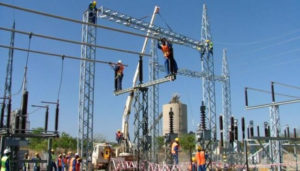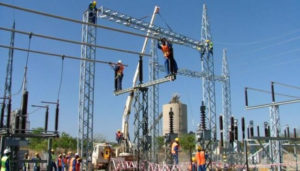
Not this one. Focussing on Zimbabwe, it has lessons for many countries to the north.
Fascinatingly, it reveals South Africa to be doing relatively well when it comes to more equal access to electricity – and to other more basic affordable sources of power where-ever alarming Gini-coefficients exist. According to this research, there’s no panacea for electricity scarcity in Zimbabwe – structural (driven by economic and policy) factors are responsible.
Yes, build new power sources (no shortage of hydro and solar potential), but tech doesn’t address distribution concerns. The rural Zimbabwean poor take the brunt – their electrification rate is approximately 10%. Most burn wood. Coal, charcoal and liquefied petroleum gas are so expensive (unlike SA, where subsidies exist, including for electricity), and are used by less than 1% of urban households (out of reach of rural folk).
Electricity provision is skewed towards high income groups, its price having risen 320% last year. While South Africa has alarming electricity shortages, it cushions the poor against high energy costs. We did something right.
Post published in: Business

